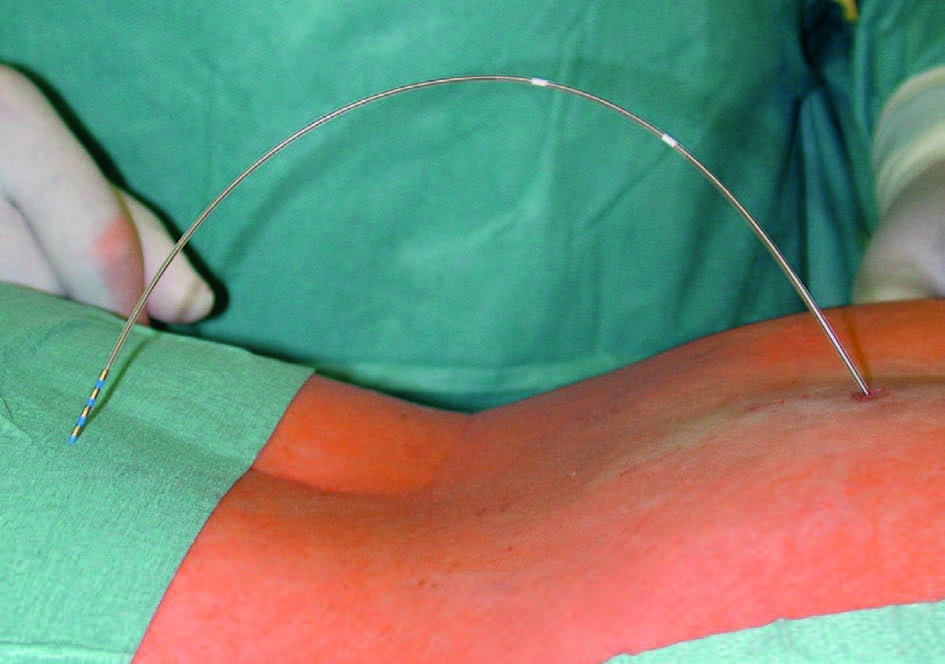Abstract
Introduction: Sacral neuromodulation/sacral nerve stimulation (SNM/SNS) has become the most successful method for treatment of faecal incontinence (FI) in the last 10 years. The high efficiency of SNM is based on the electrical stimulation of the external anal sphincter and moreover the mechanism of action of SNS can be explained by the modulation of somatovisceral reflexes and perceptions of afferent information. Therefore the mechanism of action is more complex in contrast to other methods of treatment. In the Czech Republic, the SNM was implemented for the first time in 2010 with the financial support of the IGA grant of the Ministry of Health of the Czech Republic. Since 2018, two specialized centres for the treatment of FI using the SNM method have been established in the Czech Republic.
Methods: In the years 2010−2020, 35 patients were indicated for SNM. The ratio of women to men was 34:1. The mean age at implantation was 62 years (range 46−75). Most patients were in the 6th and 7th decade. Two diagnostic procedures were performed in all patients, percutaneous evaluation of the S2−S4 sacral nerves, implantation of the Medtronic 3889 28cm stimulation tined lead electrode and its connection to an external stimulator and subsequent subchronic stimulation for 2−4 weeks. The criteria for permanent neurostimulator implantation were a minimum 50% reduction in the number of FI episodes per week or a 50% reduction in incontinence score. Patients were then...

